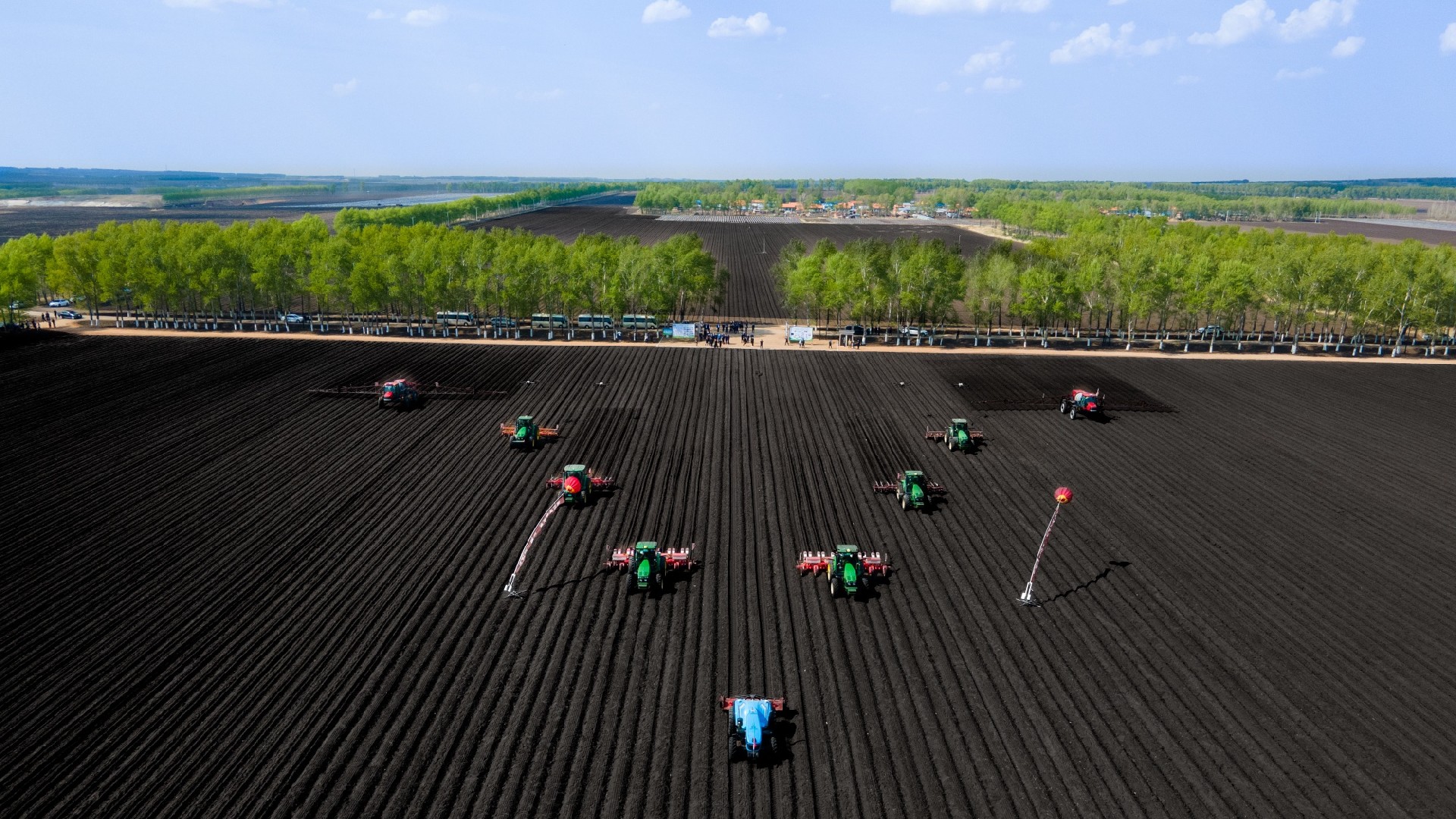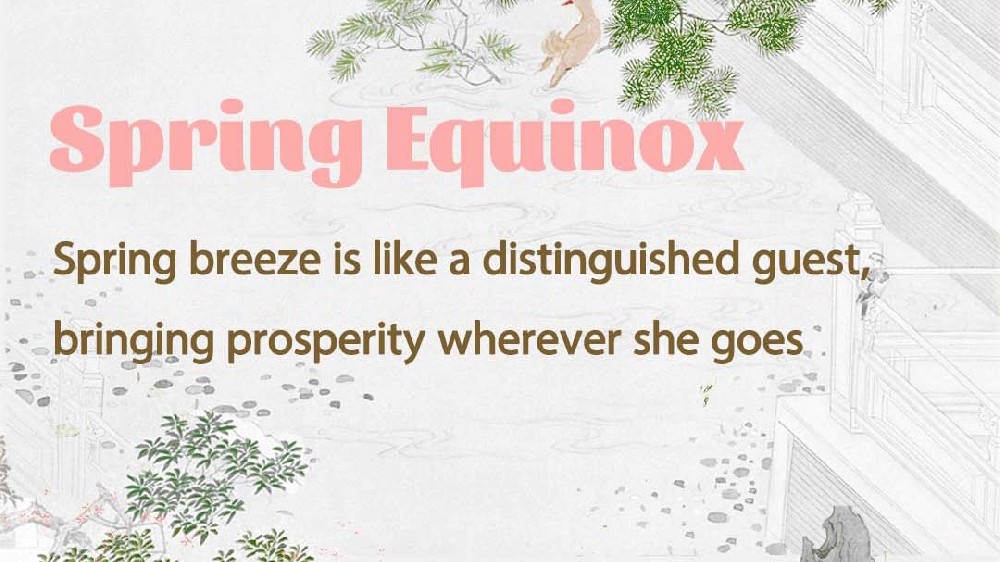
The Black Soil: Vast Land, Diverse Civilization
The Sanjiang Plain in Heilongjiang Province, northeast China, is the third largest area of black soil distribution in the world. The term Sanjiang (three rivers) refers to the Heilongjiang, Songhua, and Ussuri rivers. This black soil is highly suitable for agriculture, yielding abundant and high-quality crops.

Photo credit: CRI,Publicity Department of Yian County
Surrounded by great rivers, the fertile black land supports a rich and generous environment. The people of Heilongjiang, who live here, are as wild, passionate, and colorful as the vast nature around them.
In ancient times, the inhabitants of this cold land were ethnic minorities, who practiced shamanism. The tolerance inherent in their beliefs allowed them to share the land amicably with other ethnic groups that arrived later. Through their stirring songs and myths, these peoples became close friends of the land.
The Han Chinese began migrating to the northeast region for various reasons over a long period. They brought with them language and writing, advanced agricultural techniques, and the social organization of an agrarian civilization.
In the 18th and 19th centuries, Russia and Japan invaded northeast China, leaving behind bitter memories. However, the descendants of Russians and Japanese have also contributed to the diverse cultures present in the region.
After enduring numerous twists and turns—conflicts, integration, wars, and an unrelenting cold each year—the people who live here never abandon their optimism. This uplifting spirit is reflected in their enthusiasm and self-confidence. They also possess a delicate sense of affection, helping one another and focusing on family. It is the generous land that nourishes them, which is why they refer to their culture as Black Soil Culture. Today, the black soil plain remains home to hardworking and courageous people.
The black soil not only supports the local population but also extends its bounty to all parts of China. Year after year, it produces large quantities of high-quality grain that is distributed throughout the country. In recent times, to protect this precious black soil, the government has introduced a series of regulations, while also emphasizing the importance of Black Soil Culture. This culture has gradually become recognized as one of the most representative cultures in China.
